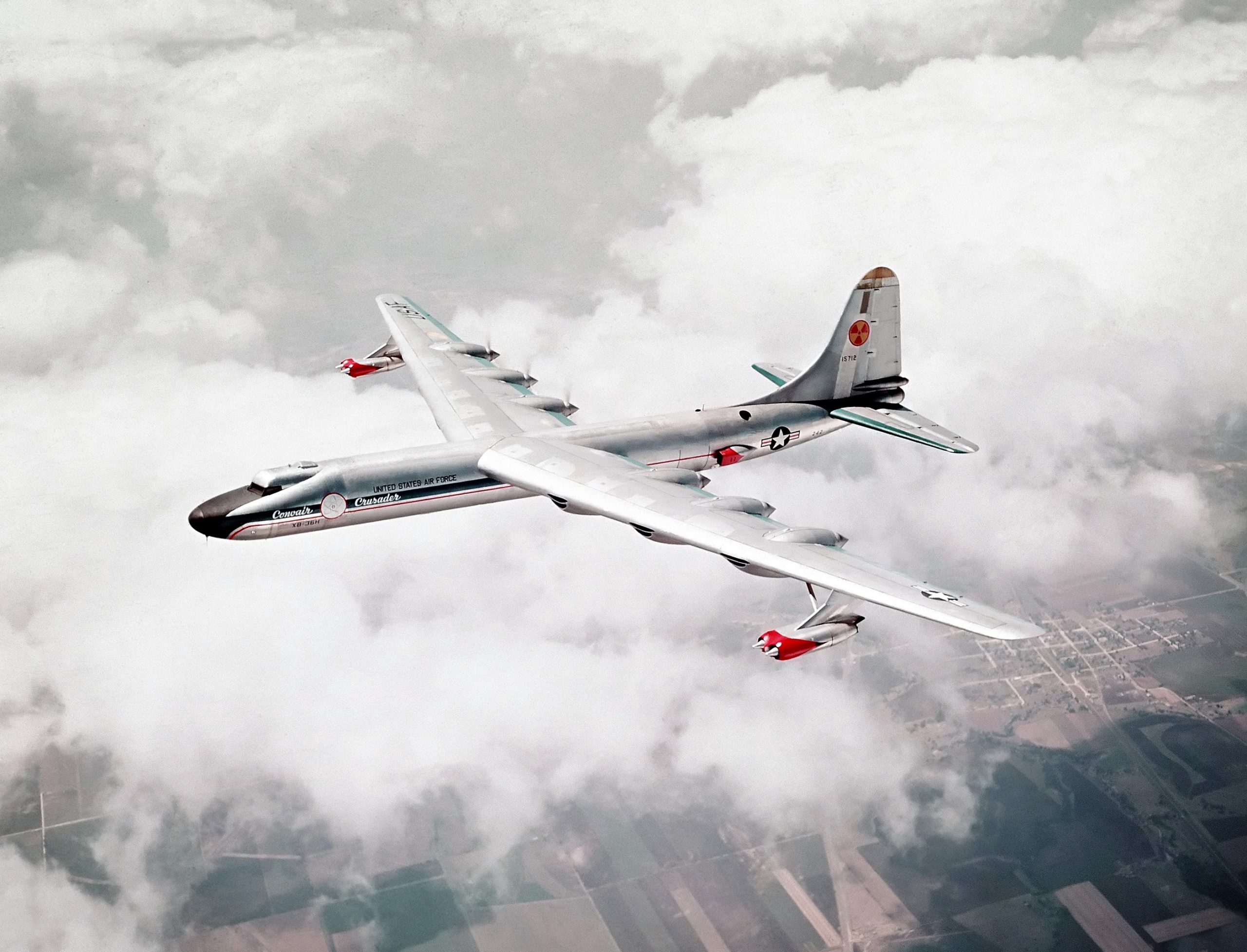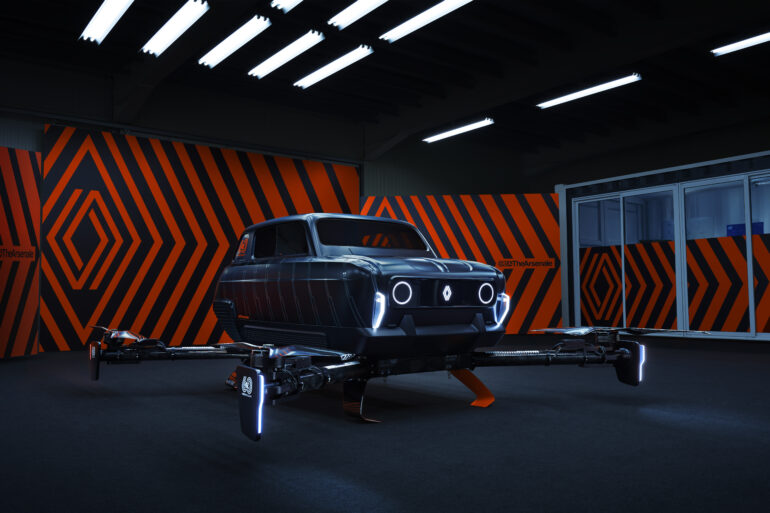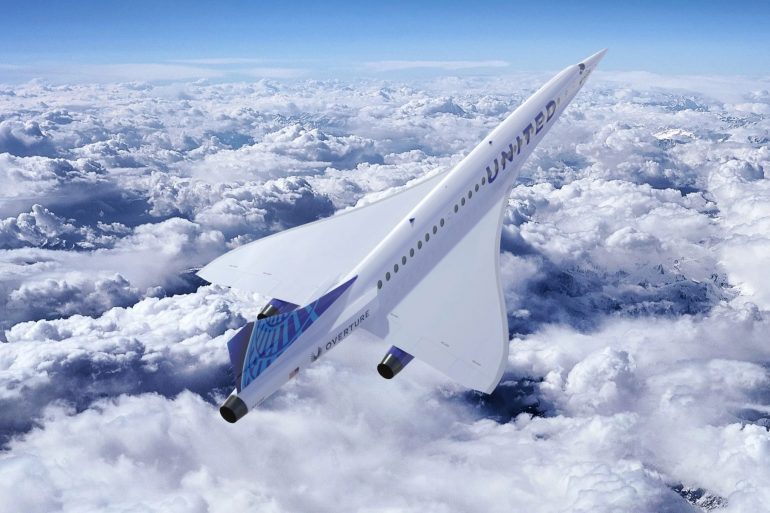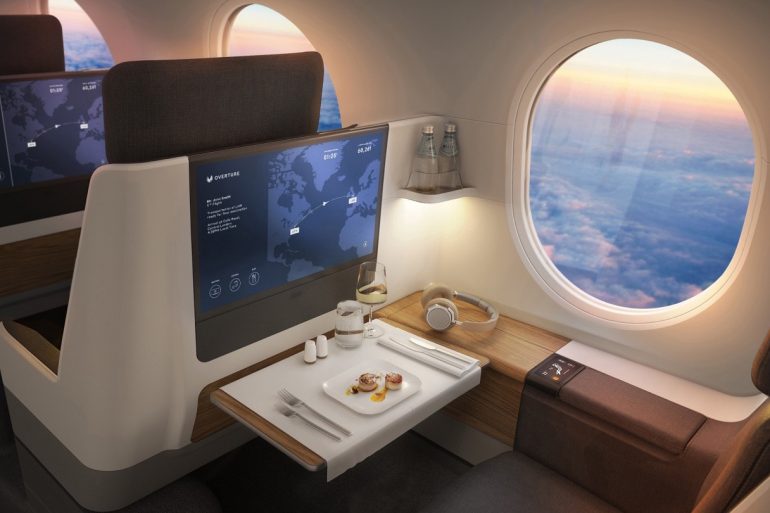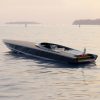Birds, skydivers and aircrafts can fly above our heads. They all have a common problem though: their range and endurance are limited. Solution? Birds or skydivers have to land and rest, while aircrafts must refuel. Trying to find an alternative for the latter, after World War II, United States Army Air Force engineers came up with an idea. In their opinion, a nuclear-powered airplane could – they thought, at least – provide extensive range and endurance compared to chemical fuel-powered aircraft.
The Cold War released immense funds for military purposes and suddenly a very long-range bomber able to strike military-industrial complexes deep in the Soviet heartland was on the to do list. The program was intended to develop and test the Convair X-6, a planned prototype for a fully functional nuclear-powered airplane
The Convair NB-36H was an experimental aircraft that carried a proper nuclear reactor. It was created for the ANP – Aircraft Nuclear Propulsion program – to show the feasibility of such project.
In 1952, Carswell Air Force Base in Texas was hit by a tornado, severely damaging a number of aircraft. One of the airplanes was a B-36 bomber, and Convair suggested USAF that it should be converted into an early prototype of the X-6 instead of being repaired. The intention was to test fly an airplane with a functioning nuclear engine on board, but with it not yet powering the airplane at this stage.
The original crew and avionics cabin was replaced by a massive lead- and rubber-lined 11 ton crew section for a pilot, co-pilot, flight engineer and two nuclear engineers. Even the small windows had 25/30 cm thick lead glass. The aircraft was fitted with a 1 MW air-cooled reactor, with a weight of 16.000 kg. This was hung on a hook in the middle bomb bay to allow for easy loading and unloading, so that the radioactive source could be kept safely underground between the test flights. A monitoring system dubbed ‘Project Halitosis’ measured radioactive gases from the reactor.





The NB-36H completed 47 test flights and 215 hours of flight time – during 89 of which the reactor was operated – between September 17, 1955, and March 1957 over Texas and New Mexico. The test flights revealed, that with the shielding used, the crew would not be endangered by radiation from the reactor, including with low-altitude flights, but that there was a risk of radioactive contamination in the event of an accident. In 1957, at the end of its run of flight tests, the NB-36H was decommissioned and scrapped at Carswell, the nuclear reactor was removed.
The Convair X-6 was never built in the end, and the NB-36H is to date the only American aircraft to carry an operational nuclear reactor. The scientific work carried out for the project did have some lasting value however, including methods for handling liquid metals and fused salts, which aided the development of nuclear generators and reactors used by NASA.

